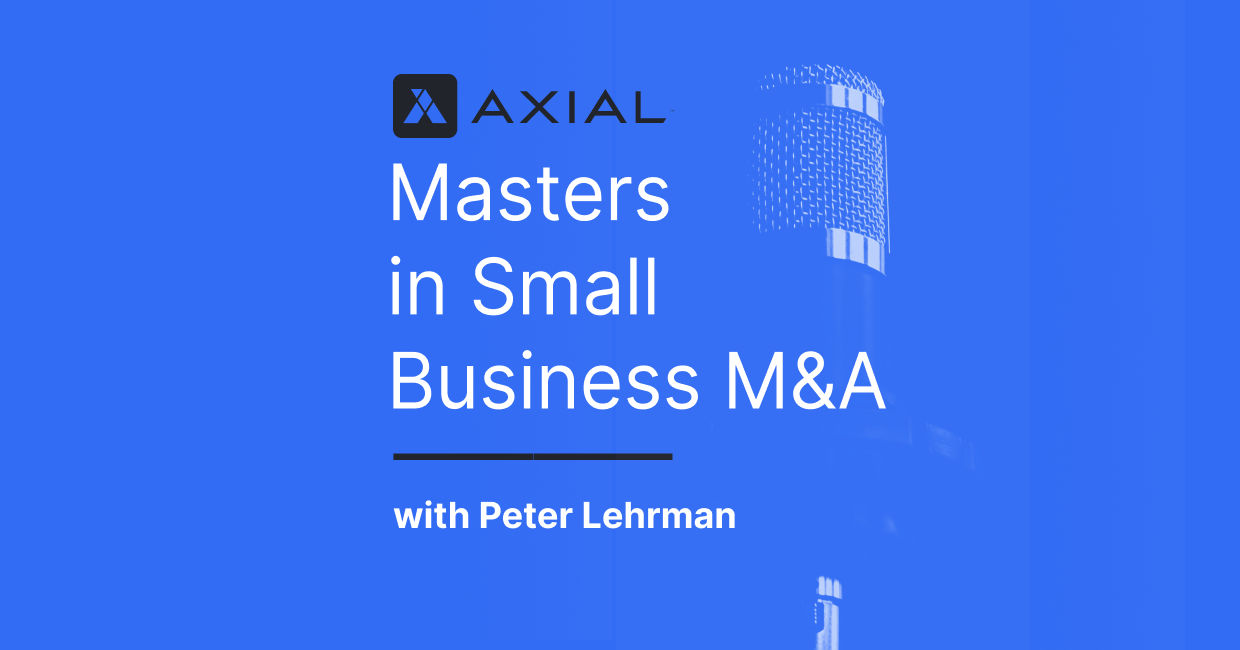
Furniture Industry M&A with Bo Stump
Today’s guest is Bo Stump, a partner at Stump & Company, a family-owned third-generation M&A advisory firm based in Charlotte,…
Private equity-driven M&A deals have an embarrassingly low success rate. This is understood within the industry, at least on a colloquial level — it’s commonplace to hear off-the-cuff numbers that 50% of proposed deals fall through, even when both sides agree it’s a money maker.
Except it’s worse than that. The Harvard Business Review suggests the real figure is closer to 90%. A McKinsey study concluded the failure rate was between 66% and 75%. (This isn’t an isolated product of the American regulatory environment, either; the Global Times reported that only 2,500 of about 7,000 declared deals were completed in China in 2014, for a failure rate of 64%.)
Of course, it’s not enough to complete the merger. There are still businesses to run, products and services to produce, and customers to satisfy. One KPMG study found that 83% of M&A deals fail to boost shareholder returns. Eighty-three percent!
The number one killer of M&A deals is a “failure to integrate effectively,” according to a survey of executives by Deloitte. Fifty-five percent of respondents cited integration as a top area of concern, and 54% called integration a top area of concern before pursuing a deal. This means that firms know ahead of time that integration is a huge challenge, but two out of three mergers fail anyway.
Why is integration such a problem? Some of the problems are strategic, i.e., how the firm approaches integration and identifies success. Others are tactical, such as how and when to inform staff of key decisions.
Start Thinking About Integration Yesterday
Sage Harrison is a principal at private equity firm Evolve Capital, an Axial member, which specializes in leveraged recapitalizations. “Because we’re partnering with founders, the integration plan is sketched out while we’re in diligence and almost always involves getting a CFO involved in the company from day one while assessing the human capital needs and defining the growth strategy.”
At a fundamental level, mergers occur because there is an opportunity to realize some yet-untapped value. “Growth is our number one priority,” says Harrison. But realizing (and maximizing) that value requires buy-in from everyone, and planning for that buy-in should start just as early as planning finance or legal.
“We expend a lot of effort refining the growth strategy. This involves analysis around the company’s brand, target customers, competition, and sales,” says Harrison. “Often times the companies we invest in have a very strong product or service but everything customer facing needs work.”
Integration means more than just running through standard M&A processes, checklists, PowerPoint templates, and risk-avoidance lectures. Take this opportunity to practice some empathy for all of those whose lives are about to change in uncertain ways. Make sure you understand if/how the IT systems can talk to one another; effective integration relies on effective communication between humans and systems alike. The earlier a firm thinks strategically about these issues, the more prepared it will be when it comes time to execute.
The nice thing about starting early is you can afford to start simply. Harrison’s basic philosophy: “Focus on the easiest things that will produce the biggest impact first.”
Businesses Are Made of People, Not Numbers
Growing a business means paying attention to the financials, but also understanding that those numbers reflect the efforts and passion of real people. Shareholders, board members, directors, employees, vendors, customers — these people are the real building blocks of any successful M&A.
For example, the owners and/or founders of the target firm will have to yield some power — a stressful adjustment. Customers will worry about changes to the products and services they’ve become accustomed to. Employees fear job loss or the cultural impact of new leadership. “Many employees associate ‘synergies’ with ‘people getting fired,’” says Brandon Hinkle, vice president at Kovitz Private Holdings, an Axial member.
“Many people are generally afraid of the unknown, and flight risk must be thought through,” says Hinkle. “Pride, ego, fear, jealousy, excitement, anxiety — these are all emotions you’ll likely see from folks during most integrations. If a few key folks become disenchanted, the machine can fall apart.”
Know How to Build on Success
Effective M&A teams know how to avoid operational missteps, build on success, and keep the good times rolling.
“I’m a huge believer in momentum,” says Harrison. “You can feel it while watching or playing sports but you can also feel it inside of a company.” Momentum means hitting goals and generating enthusiasm about the project in an uncontrived way. It means elevating the collective performance to a level beyond a group of individuals. “When we invest in a company, everyone involved believes it’s a catalyst for growth. It’s a great time to reexamine the strategy, the brand, and the sales effort.”
The first step is creating a firm direction and maintaining the focus to carry it out as planned. Everyone in the C-Suite has a role to play in an M&A transaction; leadership is responsible for providing strategic vision, executing on details, mapping out the integration plan, and more.
The employees also “need to buy in to help effectuate the integration successfully,” stresses Hinkle. Prior to close, “keeping the integration on a need-to-know basis to prevent the rumor mill from swirling is usually a good idea.” Once the integration is announced, employees need to hear that their jobs are safe and their work is appreciated (assuming it’s the truth). Hinkle suggests that “employment agreements and non-competes can provide helpful piece of mind.” Everyone should expect to work towards — and share in — the new vision and successes.
—
For more on integrating successfully, check out this article: 3 Failed Mergers and What They Reveal.
